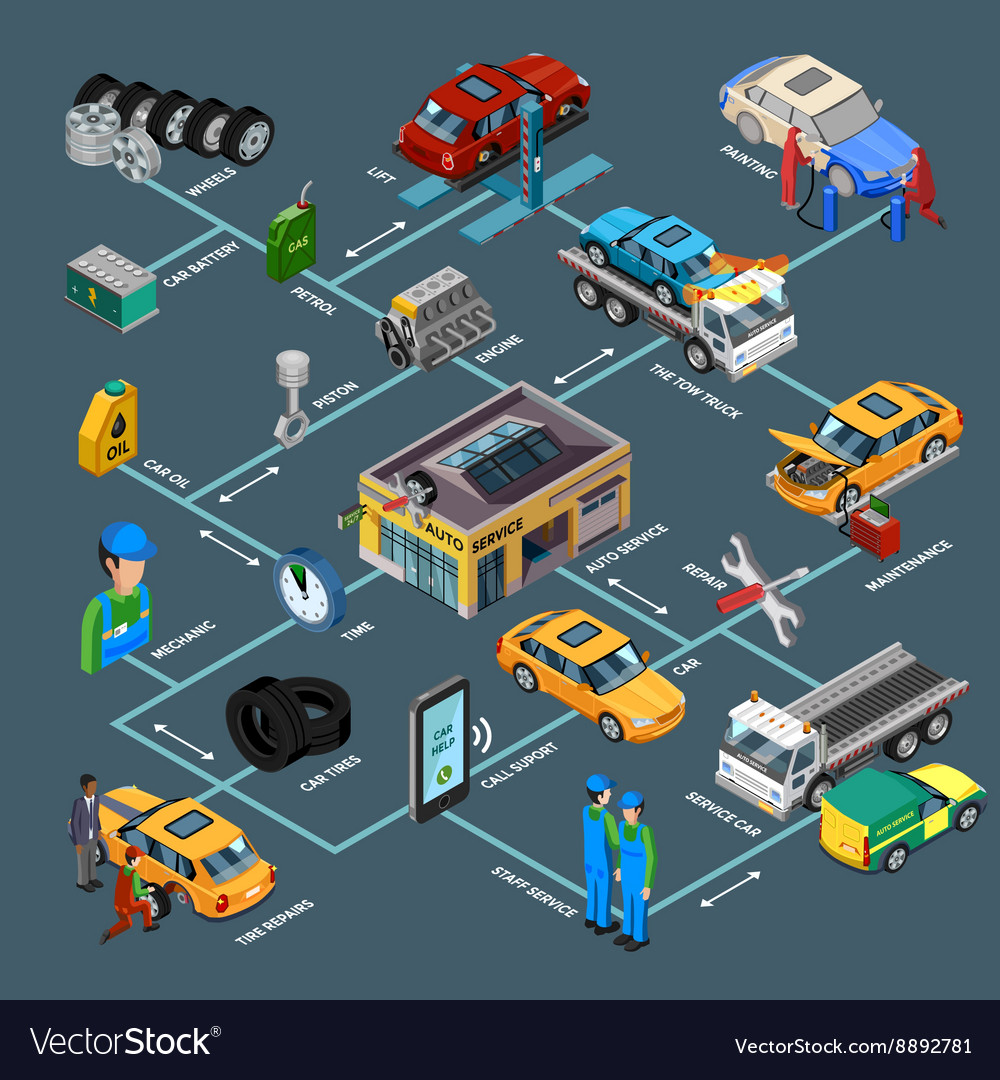Wondering Regarding The Definition Behind Those Dashboard Warning Lights? Gain Understandings Into Their Effects For Your Vehicle'S Security And Maintenance
Wondering Regarding The Definition Behind Those Dashboard Warning Lights? Gain Understandings Into Their Effects For Your Vehicle'S Security And Maintenance
Blog Article
Writer-Hartley Stark
When you're behind the wheel, those glowing warning lights on your control panel can be a bit complicated. Do you know what they're trying to inform you concerning your car's health and wellness? Understanding the significance of these lights is crucial for your security and the durability of your lorry. So, https://brookslhbwr.madmouseblog.com/11739424/having-a-hard-time-to-pick-an-auto-repair-shop-discover-expert-guidance-on-determining-credible-solutions-in-your-area-that-will-aid-you-really-feel-secure of those lights pops up, would not you wish to decode its message accurately and take the necessary steps to address it?
Common Warning Lights and Interpretations
Determine typical warning lights in your automobile and comprehend their definitions to ensure safe driving.
One of the most normal warning lights consist of the check engine light, which indicates concerns with the engine or exhausts system. If this light comes on, it's important to have your automobile inspected immediately.
The oil stress advising light indicates reduced oil pressure, needing immediate focus to avoid engine damages.
A flashing battery light might suggest a faulty billing system, potentially leaving you stranded otherwise addressed.
The tire pressure surveillance system (TPMS) light informs you to reduced tire stress, impacting car security and fuel performance. Overlooking this could cause harmful driving problems.
The abdominal muscle light suggests a trouble with the anti-lock stopping system, endangering your capacity to quit rapidly in emergencies.
Lastly, marine detailing advising light warns of engine overheating, which can cause extreme damages if not settled swiftly.
Understanding these common caution lights will certainly assist you resolve problems without delay and preserve secure driving problems.
Value of Prompt Interest
Comprehending the usual caution lights in your automobile is just the primary step; the relevance of without delay addressing these warnings can not be highlighted enough to guarantee your safety and security when driving.
When a caution light illuminates on your dashboard, it's your car's way of interacting a potential issue that needs interest. Ignoring these cautions can bring about extra serious issues down the road, jeopardizing your safety and potentially costing you more in repairs.
Motivate focus to cautioning lights can avoid break downs and mishaps. As an example, a flashing check engine light could show a misfire that, if left neglected, might cause damage to the catalytic converter. Addressing this immediately can conserve you from a pricey fixing.
In a similar way, a brake system cautioning light could signify reduced brake fluid or used brake pads, important elements for your safety and security when driving.
Do It Yourself Troubleshooting Tips
If you notice a caution light on your control panel, there are a couple of do it yourself repairing tips you can attempt before looking for expert aid.
The initial step is to consult your automobile's manual to comprehend what the particular caution light indicates. Sometimes the problem can be as easy as a loose gas cap setting off the check engine light. Tightening the gas cap may deal with the trouble.
An additional common problem is a low battery, which can set off various alerting lights. Examining the battery links for corrosion and guaranteeing they're safe and secure might fix the issue.
If a caution light continues, you can try resetting it by disconnecting the cars and truck's battery for a few minutes and after that reconnecting it. Additionally, inspecting your car's liquid levels, such as oil, coolant, and brake liquid, can aid repair alerting lights related to these systems.
Final thought
In conclusion, recognizing your vehicle's warning lights is necessary for maintaining your vehicle running efficiently and securely. By promptly resolving these notifies and understanding what they mean, you can prevent pricey fixings and possible break downs.
Remember to consult your car's handbook for certain details on each warning light and do something about it accordingly to ensure a trouble-free driving experience.
Remain notified, stay secure on the road!
